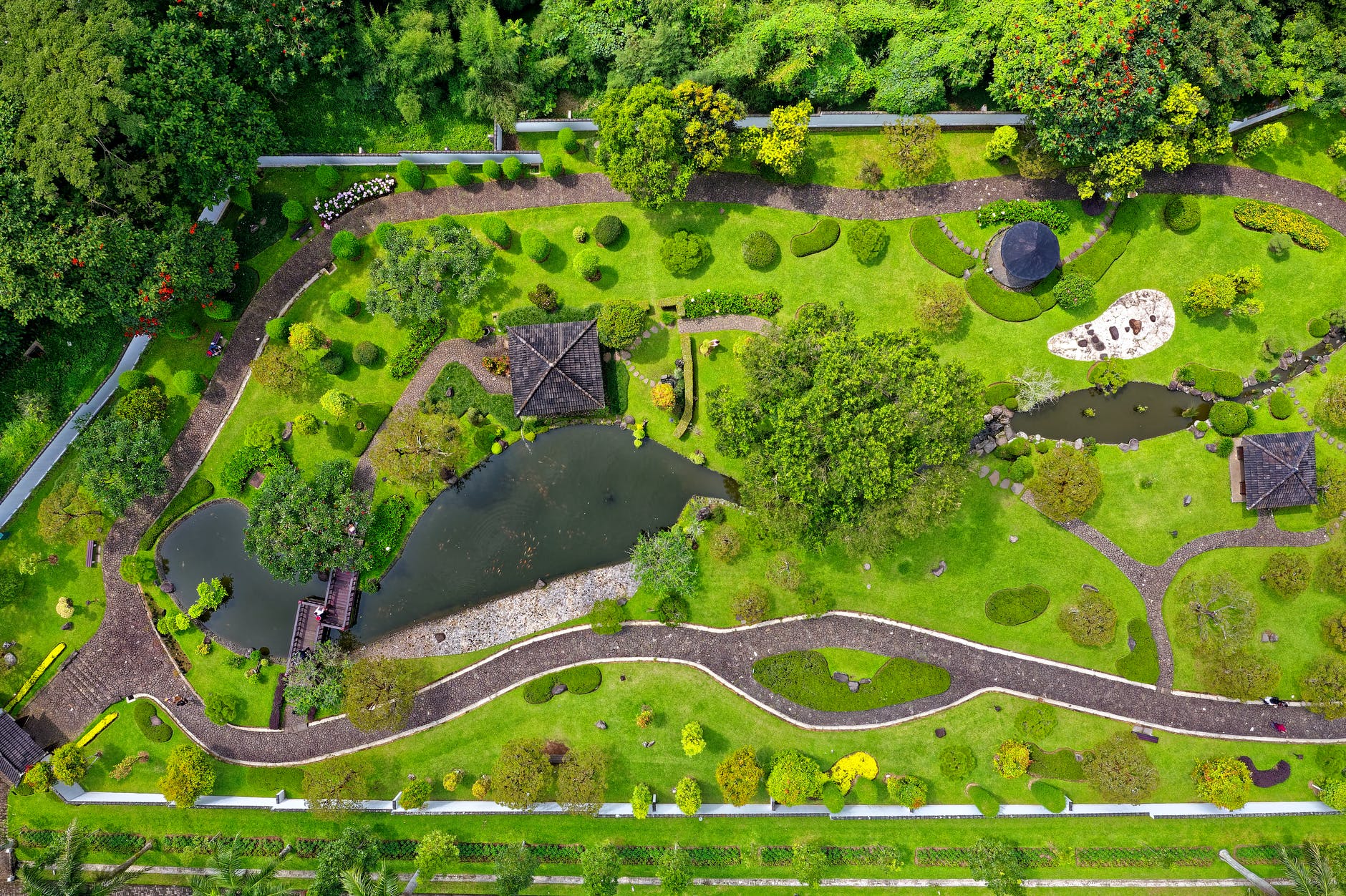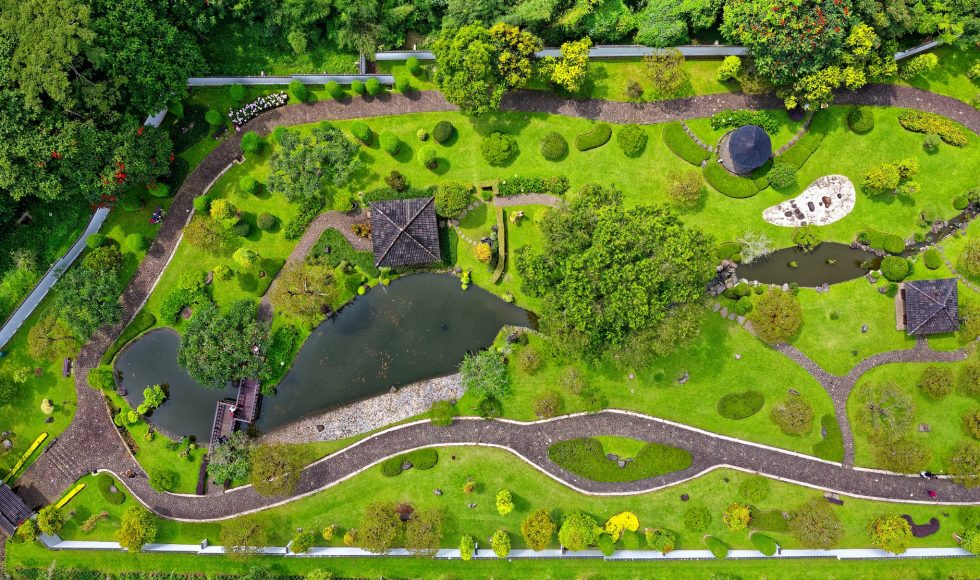Margaret C. Hoffman, Amy Kuntz, and Nicholas Smerker from The Pennsylvania State University presented on”Planting Seeds of Innovation: Using Immersive Tech to Teach Design Principles in Landscape Contracting” as a recorded session in the 2021 Lilly Conference Online. Smerker introduced the differences between augmented reality, virtual reality, mixed reality, and 360 video using a rubber duck and examples. I didn’t realize the differences between augmented reality and mixed reality. Smerker also discussed the flexible viewing options available using modern browsers, mobile phones, tablets, and VR headsets. Hoffman described the implementation of immersive technologies in a landscape contracting course. They described some of the difficulties they encountered. They had to redesign the experience and used a Planting Design course (capstone) instead. Kuntz talked about the use of new headsets used and the Thinglink Tour activities they designed. The first activity guided participants in creating a Thinglink interactive tour. The 360 photos create an environment, and then users can use Thinglink to include images, labels, and interactivity. What caught my attention was the use of the software for student created assignments! The rubric was simple and included number of scenes (minimum of two), interactivity (how man interactive points), grammar and spelling, and did students provide points of interest and use interactivity appropriately (“affordance of the technology”). One of the final projects was to work with a client to create a Thinklink activity that was tailored to their needs. Hoffman shared quotes from student reflections, and several mentioned the potential applications of this technology in the landscape design business… and even the design process. Hoffman also shared a link to a site they use to teach and disseminate what they did with this assignment. The site has several examples and rubrics. I can think of several neat applications of this for laboratory and sampling site activities. Students could create tours and peer-review their products to learn more about the experience.
A second session I watched tonight was entitled “New Frontiers in Virtual Experiential Learning: Biomedical Engineering Technology Internship” by Joie Marhefka also from The Pennsylvania State University. Marhefka teaches in a biomedical engineering program in which students learn how to repair and maintain biomedical engineering equipment. The program includes an internship experience. During the pandemic, they had to provide an alternative experience, and Marhefka noted that there is “no current literature” describing virtual internships in the biomedical engineering technology/clinical engineering field. However, a couple of recent studies cited by Marhefka highlighted the use of virtual experiences. For Marhefka’s virtual internship alternative, they used a combination of synchronous and asynchronous activities. Students watched videos on different devices and procedures, kept a journal , and learned about specific devices from vendor websites. There were online troubleshooting scenarios in which students identified issues broken devices. Guest speakers and question & answer sessions were included along with professional development programming. Students also used software to gain experience with platforms used in potential jobs. Marhefka conducted a survey to “determine which aspects of the internship were most important to maintain in a virtual option.” Students rated the importance of eight experiences, including teamwork, gaining confidence, making professional contacts. For supervisors, learning how things work and gaining confidence were the most important, while students mentioned making professional contacts and teamwork as most important. Marhefka talked about the lessons learned from the virtual experience and future use of simulations, videos, and online content for extra practice to build on this experience. Virtual reality simulations were mentioned for training on devices that are complex and difficult to get access to or troubleshoot. These two sessions highlighted new virtual technologies and opportunities in different fields: landscaping and biomedical device engineering. I want to learn more about how we can appropriately use this technology and consider accessibility and course objectives.



